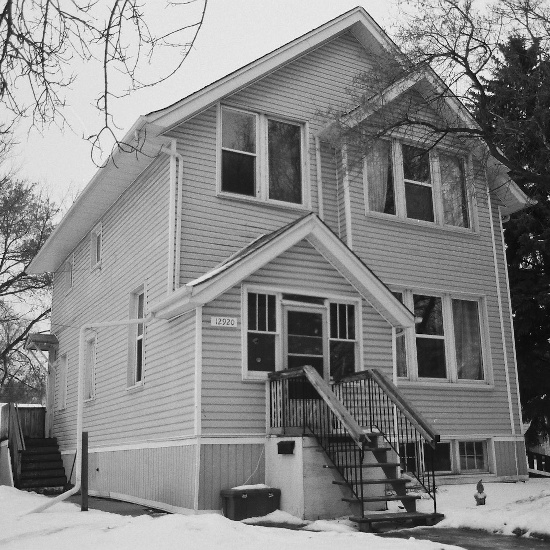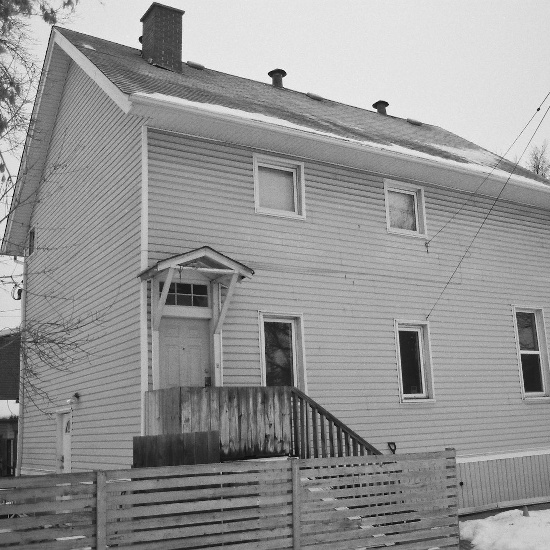Elm Park School
Built in response to a request by local citizens, the Elm Park School was a good example of the Arts and Crafts style in Calder.
Built in response to a request by local citizens, the Elm Park School was a good example of the Arts and Crafts style in Calder.
Herbert Story, the Architect to the School Trustees of the City of Edmonton from 1912-1936, designed Elm Park School in classic Arts and Crafts tradition that was especially popular in the 1910s and 1920s. The two-storey school is slightly set back from the tree-lined street and adjacent to an alleyway that separates the school from commercial buildings along 129 Avenue. It has a raised first storey, an enclosed front porch, and is topped with a slight bellcast roof. A two-storey bay on the front façade and an abundance of windows give plenty of natural light inside. The school has projecting eaves and verges, gabled canopies with triangular brackets, and exposed rafter tails, but is typical of other Arts and Crafts buildings in that it has limited exterior ornamentation.
The earliest settlers of the area that is now Calder arrived just after the area was surveyed in the 1880s. Over the next twenty years their children attended the Turnip Lake School three kilometres to the northwest. When the Grand Trunk Pacific (GTP) Railway began construction of its main rail yards north of the Hudson’s Bay Company reserve in Edmonton, two small communities sprang up north of the tracks: Calder to the west and Elm Park to the east. Elm Park was annexed to Edmonton in 1913. The communities grew rapidly, so did the need for a local school and Elm Park residents appealed to the Edmonton Public School Board (EPSB) in June 1913 for a new facility for their children. Students were welcomed into a temporary two-room school that September, but within a month the school was already overcrowded with over sixty in attendance. Richardson Brothers constructed the new Elm Park School facing 116 Street north of 129 Avenue for the price of $3,170. They hoped to have the school operational in six weeks but due to insufficient heating the opening was delayed until mid-winter 1914. The inspector’s report in February 1914 states that although the new school is comfortable, it lacks a cloakroom and “should be supplied with a globe and a dictionary, also a set of measures.” In 1929 students from Elm Park relocated to the new Calder School which was built to replace three smaller schools in the district. The EPSB sold the school and it has since been converted to a multi-family residence.
Today the original form and massing of the school remain, but many of the original details have been obscured. Vinyl siding covers the original stucco finish, as well as the flared details between the first and second storeys, and the half-timbering above the entrance. The front porch has been enclosed and the original staircase, and nearly all the windows, have been replaced. While still historically significant, in its current state the Elm Park School does not have sufficient integrity to warrant inclusion on the municipal inventory of historic places.
Details
Type
Educational
Designation Status
No Historic Recognition
Neighbourhood
Time Period
Year Built
1913-1914
Architects
Architectural Styles
Character Defining Elements
Two storeys , Rectangular footprint , Gable dormer , Nailed frame structure , Gable roof

